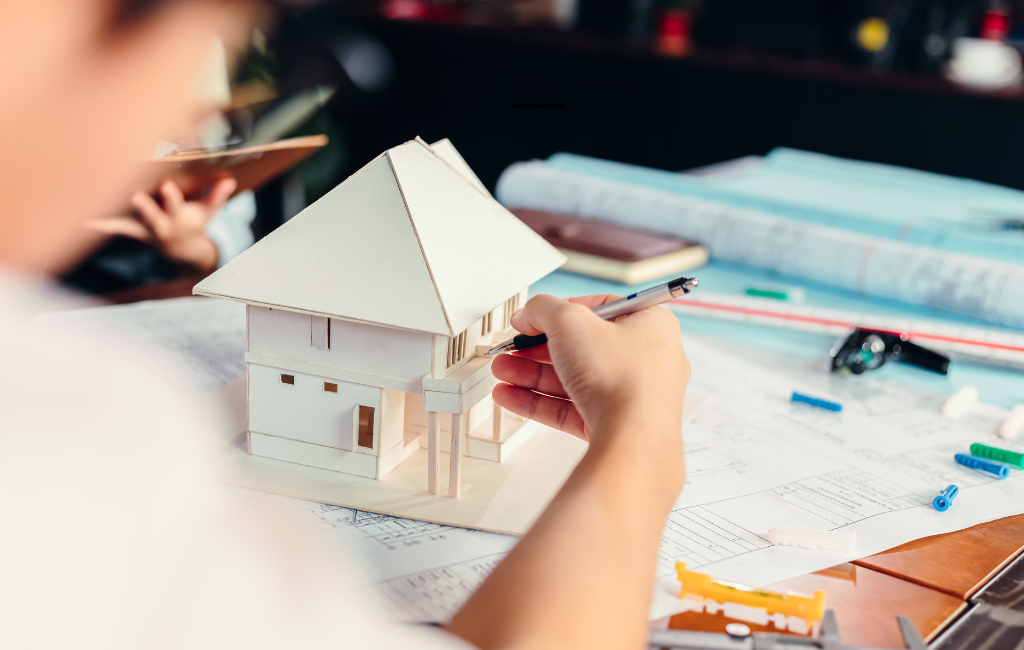Architect: Crafting Functional Art
Architecture stands as a testament to human ingenuity, blending functionality with artistic expression. The discipline has evolved over centuries, producing structures that not only serve practical purposes but also inspire awe. This article explores some of the most remarkable architectural masterpieces, examining how they balance utility and aesthetics.
The Intersection of Function and Art
Architecture is unique in its dual role. It must meet the needs of its users while also contributing to the visual and cultural fabric of its environment. This balance is achieved through thoughtful design, innovative materials, and a deep understanding of both form and function.
Form Follows Function
The principle that “form follows function” has guided architects for generations. This concept, popularized by architect Louis Sullivan, suggests that the shape of a building should be primarily based on its intended function. This approach has led to the creation of structures that are both practical and visually appealing.
Innovative Materials and Techniques
Advancements in materials and construction techniques have expanded the possibilities for architects. From the use of steel and glass in modern skyscrapers to sustainable materials in eco-friendly buildings, these innovations have allowed for greater creativity and efficiency.
Iconic Architectural Masterpieces
Several buildings around the world exemplify the successful marriage of function and art. These structures not only serve their intended purposes but also stand as symbols of architectural excellence.
The Guggenheim Museum, Bilbao
Designed by Frank Gehry, the Guggenheim Museum in Bilbao, Spain, is a prime example of contemporary architecture. Its flowing, organic forms and innovative use of titanium panels create a striking visual impact. The museum has revitalized the city, attracting millions of visitors and boosting the local economy.
The Sydney Opera House
The Sydney Opera House, designed by Jørn Utzon, is one of the most recognizable buildings in the world. Its sail-like design and waterfront location make it a symbol of Australia. The building’s unique form is not just for show; it also enhances the acoustics and functionality of the performance spaces within.
Fallingwater
Frank Lloyd Wright’s Fallingwater is a masterpiece of organic architecture. Built over a waterfall in Pennsylvania, the house seamlessly integrates with its natural surroundings. Wright’s innovative use of cantilevered structures and natural materials creates a harmonious blend of human habitation and nature.
Case Studies in Functional Art
Examining specific case studies can provide deeper insights into how architects achieve the balance between function and art. These examples highlight the diverse approaches and solutions employed in different contexts.
The High Line, New York City
The High Line is an elevated park built on a disused railway track in Manhattan. Designed by James Corner Field Operations and Diller Scofidio + Renfro, the park has transformed an industrial relic into a vibrant public space. The design incorporates native plants, seating areas, and art installations, creating a unique urban oasis.
The Salk Institute for Biological Studies
Designed by Louis Kahn, the Salk Institute in La Jolla, California, is a renowned research facility. The building’s design emphasizes simplicity and functionality, with open laboratories and flexible spaces. The central courtyard, with its iconic water feature, provides a serene environment for contemplation and collaboration.
The Louvre Pyramid
I. M. Pei’s glass pyramid at the Louvre Museum in Paris is a modern addition to a historic site. The pyramid serves as the main entrance, providing a striking contrast to the classical architecture of the museum. Its transparent structure allows natural light to illuminate the underground lobby, enhancing the visitor experience.
Statistics and Impact
Architectural masterpieces often have significant economic, cultural, and social impacts. Here are some statistics that highlight the influence of these structures:
- The Guggenheim Museum Bilbao attracted over 1.3 million visitors in 2019, generating an estimated €400 million in economic activity.
- The Sydney Opera House contributes approximately $775 million annually to the Australian economy through tourism and cultural events.
- The High Line receives around 8 million visitors each year, boosting local businesses and property values in the surrounding area.
Conclusion
Architectural masterpieces are more than just buildings; they are functional works of art that shape our environments and enrich our lives. By blending practicality with creativity, architects create spaces that inspire and endure. The examples discussed in this article demonstrate the diverse ways in which architecture can achieve this balance, leaving a lasting legacy for future generations.
